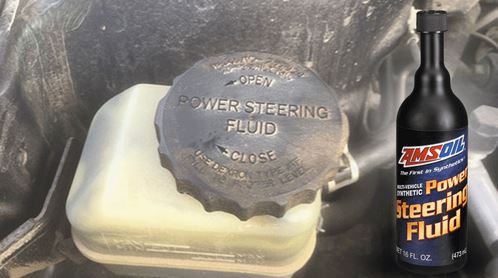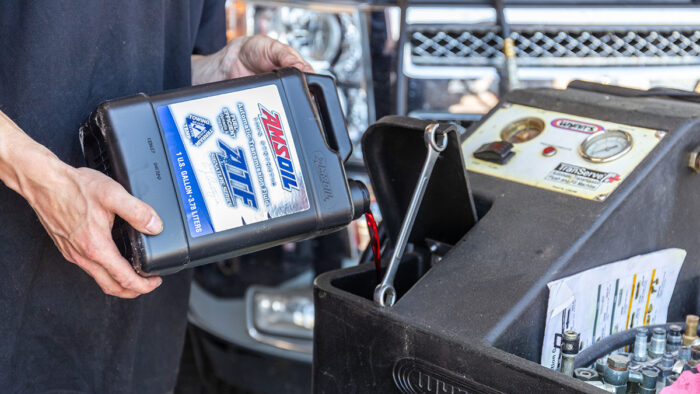August is the summer road trip month! Grease up! Get that car ready Driving is part of the fun! Not the repairs and credit card charges. A summer road trip should bring good memories, not car trouble. by Brad August 2024 Alright, lets get down to the nitty gritty!! Tools, spare parts and maybe some […]
You are browsing archives for
Tag: transmission fluid
Common Fixes for a Transmission that Jer...
Common Fixes for the Shuddering Transmission We get a lot saying our ATF solves the problem after trying about everything else! Here are a few common reasons why your transmission may shift erratically, jerk or hesitate. Low fluid level Depleted fluid frictional properties Poor cold-temperature fluidity Start with the easiest fix There’s an old […]
Can I Use Transmission Fluid in Oil to C...
Can I Use Transmission Fluid in Oil to Clean My Engine? Yeah – those youtube rescue channels all show using ATF to clean out the engine – they’re doing it the hard way… ATF is not made to clean sludge from engines. Instead, it’s best to use a dedicated engine flush. _by Phil Collinsburger |May […]
How Often Should Auto Transmission Fluid...
How Often Should I Change Transmission Fluid? well, um, ahh huh, well let’s see… How often to change transmission fluid depends on several factors Sonny outlines in this post. _by Sunny Pruitt|June 21, 2022 Motorists sometimes ask, “How often should I change transmission fluid?” It depends on your vehicle and driving habits. Recommended transmission fluid […]



